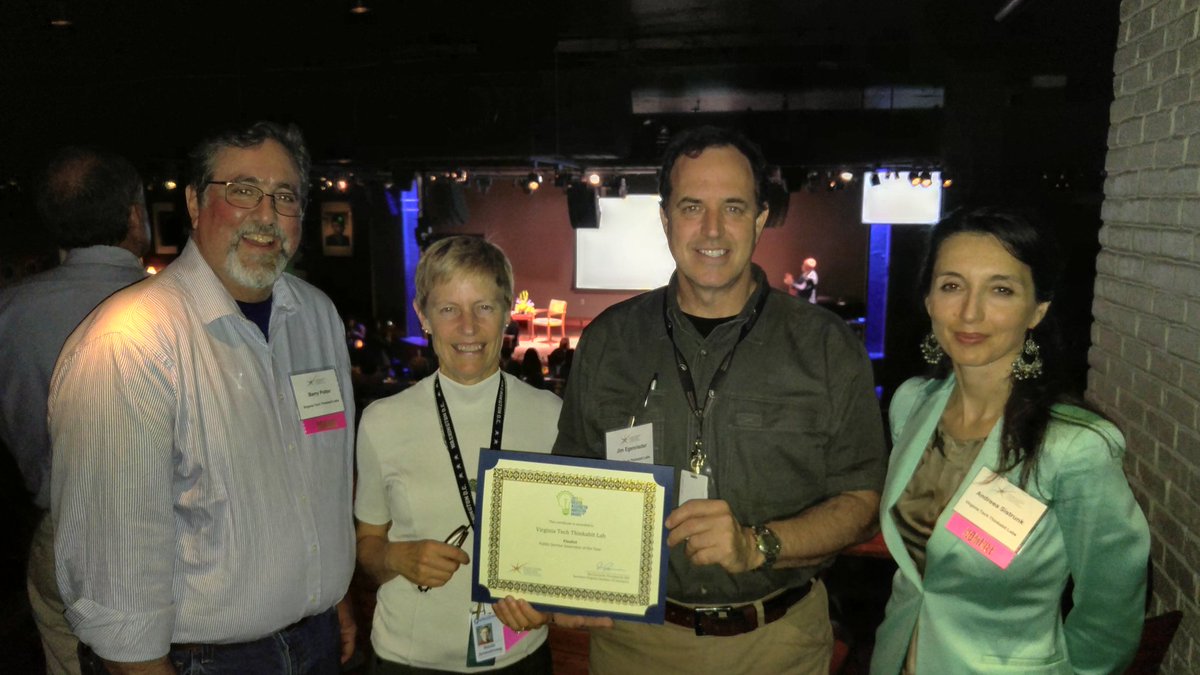
The STEM acronym Science Technology Engineering & Math came to
the forefront of society, not by the profession of education, but by
businesses concerned about the lack of STEM graduates. Business data
analysis predicted that the STEM job fields did not have replacement
values for baby boomers leaving the fields. There was a drop in students
choosing to study STEM (especially technology & engineering) beyond
even replacement values. This raised concerns in many of the business
industries.
The early 2000’s many researchers showed an increased need for STEM
studies. In 2009 President Obama highlighted this in the Educate to
Innovate initiative. Business collaborated with Education and thus the
popularization of the STEM acronym arrived.
Since then tools such as FIRST robotics, NSTA science standards
including engineering, Tufts Novel Engineering program, PBS Design
Squad, etc. have informed the public and professional educators about
the need for STEM. Business organizations such as Boeing, Monsanto,
Master Card, and many more with a need for graduates in STEM, have tried
to find ways to support the education professionals.
As curriculum was developed by professional educators, some started
to incorporate art and reading into the acronym. At first this makes
perfect sense. After much thought and analysis on; “Do I want to change
how I present within the Professional Education Communities?” I’ve come
to my own a conclusion.
I choose STEM.
WHY?
1.
I DO NOT want to lose my art/music
studios/labs/professional educators. In an effort to economize
schools/districts. My fear is that art/music departments will be
targeted as unnecessary.
2.
I DO NOT teach art/music. I may use
an artist, such as Calder or Da Vinci, to study design/engineering
processes in mechanics, kinetics, etc. At times, I collaborate with the
Professional Art Educator and they will teach the history & art
techniques of the artist.
3.
I DO use the Design Engineering Processes like the art & reading professional educators.
The Creativity is the same in all curriculums, not the content.
4. As stated previously, the acronym was first coined to meet
the need for people in STEM careers.
We are not facing a shortage of
people within Liberal Art careers.
a. There is an argument that the ART may bring people into the
STEM fields who may not otherwise have considered them. My concern;
“Is it false advertising?”
While it certainly can help your understanding of anatomy to study
art when becoming a doctor, it is not a requirement. You do however,
need to study, Science Technology, Engineering & Math to become a
doctor. Likewise, a liberal art student it is not required to study
advanced science, technology, engineering and math to complete studies.
b. When using art/reading as a pull to attract students, the STEM content gets watered downed.
Repeatedly through discussions with my professional colleagues at the
university level they have found that they have students who do not
realize what it takes to become, for example, an engineer. Students are
not prepared, or understand, that they have to take calculus, physics,
etc. They then struggle to stay in the fields and many leave.
For those who use the STEAM & STREAM acronym I ask that you
consider what the objective is in your choice. I am asking that you
analyze, as I did, why you use the acronym.
As a professional educator I believe we should leave the STEAM,
STREAM acronym as a marketing tool for libraries, museums, retail
advertisers, etc. It is for those who do not need to concern themselves
with the long term learning content objectives.
Education needs a strong
STEM Content powered by “C”- Creativity.






